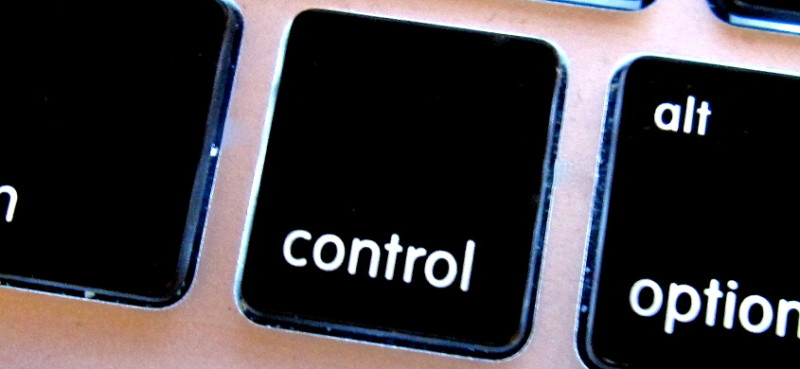Your Classroom Environment for Effectively Using Games
Welcome back to school teachers and parents! Hope you are looking forward to new year. I also hope you know that…
Research has shown that the #1 factor in student achievement is… the teacher. Not the curriculum, class size, economic background, social background, etc, etc. Definitely all those do have some weight, but you, as the teacher, has the greatest influence on student success in your classroom.*
Adding games, or even going through the process of ‘Gamification’ of your entire class, is a great way to make your classroom a fun and engaging place for your students to learn. However, very little has been discussed about the classroom environment, which you as a teacher, create in your classroom. A well-defined and well-implemented classroom management program allows you to effectively gamify your classroom.
Why?
- Creating a safe and encouraging environment in your classroom will allow your students to try new things and having a safe place to fail. Doing something new or different can be scary to some students. Games will naturally have a competitive nature to them (even if you do not have winners or losers). However, knowing that there will not be consequences for failure can alleviate the ‘scariness’.
- Behavior and engagement. Gamifying your classroom is going to give your students more freedom, and more responsibility to stay on task. If students have learned that they can get away with misbehaving without consistent consequences, they will easily come off task, and if one student is off-task, you can be sure that they will take others with them.
- Not all students will enjoy playing games. Some students simply won’t like it because it is different. Some children just don’t like games. Making sure that a student knows what is expected of them, they will more times than not, participate.
Agreed, but…how?
- Have a vision for your classroom. What do you want your classroom behavior to look like? How do you want your students to work and act? What do you as a teacher, want to be like in your classroom?
- Have well-defined, specific procedures. Students knowing what to do and when to do them for common tasks and routines will help define objective behaviors. If a student is not doing something correct, you can apply an appropriate consequence.
- Have well-defined, specific consequences with a step behavior plan. Having well defined procedures allow you to give consequences much easier because… a student is not following your procedures. Consequences should be age appropriate, appropriate to the misbehavior, and increase in severity.
- Have your students practice! You can write out, hand out, talk about these things with your students, but if you do not consistently and regularly apply them, nothing will be accomplished, and in fact, may lead to confusion. Use the first three weeks of school to practice, review, and explain each of your procedures will help your procedures become habits.
I believe these concepts help you to create a secure, and safe environment in your classroom that allow you to try new things and experiment with games.
So…tell us about how you have effectively used games in your classrooms! Pass on your experiences– success and failures!
* References:

